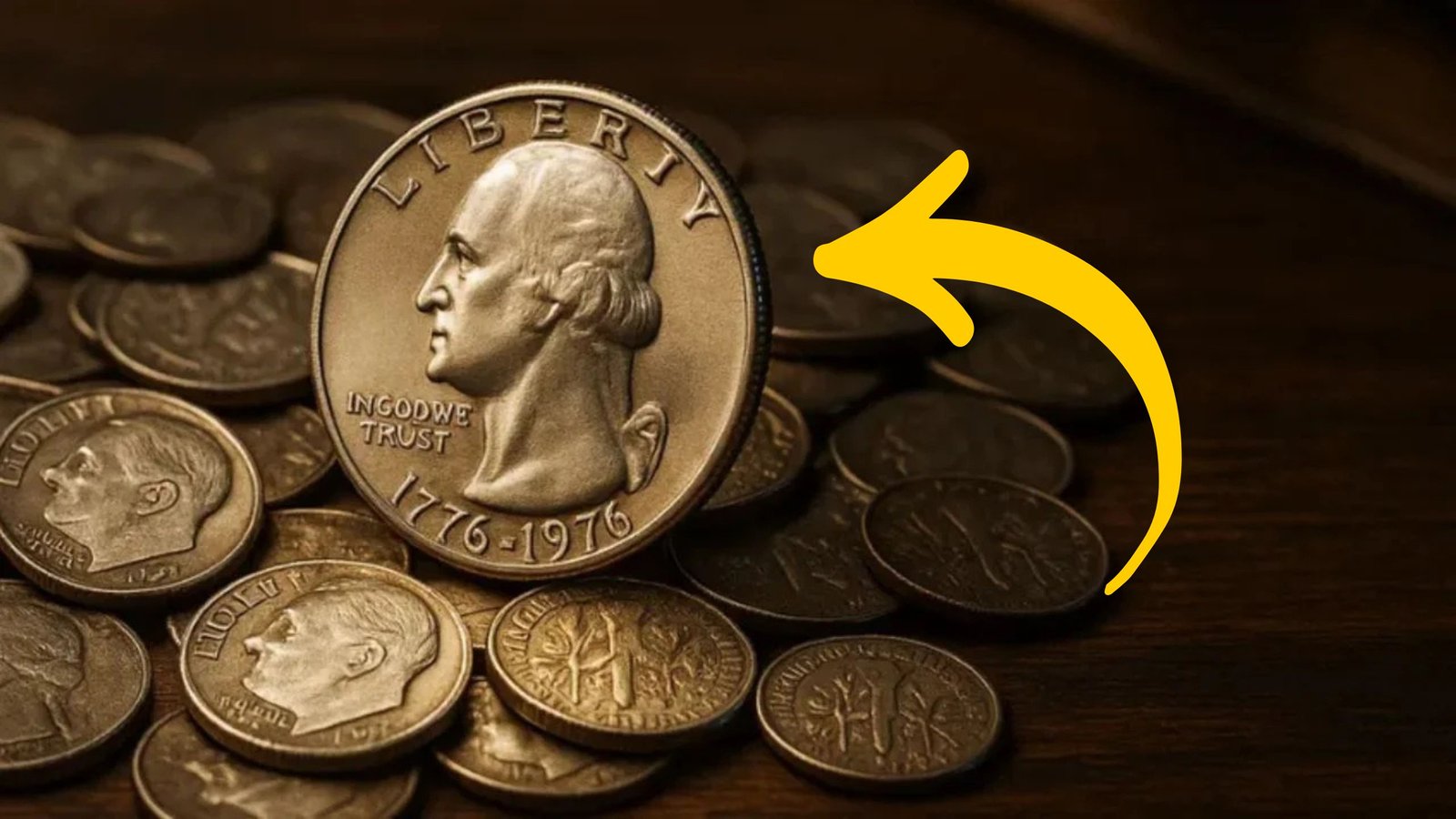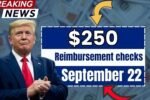Rare Dimes : This headline may sound like fantasy, but in the world of coin collecting, reality often outshines fiction. Certain U.S. coins, especially dimes and quarters from specific minting years, have reached jaw-dropping valuations due to extreme rarity, unique errors, or unusual historical significance. Some of these coins — including a few Roosevelt dimes and a mysterious Bicentennial quarter — have been appraised at values as high as $58 million each. If you’re holding onto pocket change, you might unknowingly be sitting on a fortune.
What Makes a Coin Worth Millions?
A coin’s value is determined by factors like rarity, condition, minting errors, and collector demand. Coins that were mistakenly struck with the wrong dies, made on incorrect planchets, or produced in extremely low numbers can skyrocket in value. Add historical or cultural significance, and the worth only increases. While most coins are mass-produced, anomalies create scarcity — and scarcity drives price. In the case of these dimes and the Bicentennial quarter, it’s this unique mix of rarity and condition that turns them into multimillion-dollar pieces.
The Roosevelt Dimes That Defy Expectations
Most Roosevelt dimes are worth face value — 10 cents. But a few from certain years and mints are suspected to have been struck with experimental dies or incorrect planchets. These error coins were never intended to circulate. However, if even one slipped into the public’s hands, it could be worth millions. A few such dimes have already fetched six-figure sums at auctions. In pristine condition with a verified error, the value could easily climb into the tens of millions.
Why the Bicentennial Quarter Is So Special
The 1976 Bicentennial quarter, featuring a colonial drummer on the reverse and a dual date (1776–1976), was created to honor America’s 200th birthday. Most of these are common, but a rumored prototype version or rare error strike may exist. Collectors believe this specific version has distinct characteristics that make it priceless. Combined with historical significance, it has become a sought-after unicorn in the numismatic world, with speculative valuations reaching $58 million.
Could These Coins Still Be in Circulation?
One of the most compelling parts of this story is the idea that these ultra-valuable coins might still be in circulation — mixed in with ordinary change or hidden in forgotten coin jars. Because many rare coins look almost identical to common ones, they can easily go unnoticed. That’s why collectors and enthusiasts alike continue to check their change, hoping to stumble upon a life-changing discovery.
How Condition Affects Coin Value
Even if you find a rare dime or quarter, its value is closely tied to its condition. A coin in “mint state” (uncirculated with no wear) is dramatically more valuable than the same coin in poor shape. Factors such as scratches, discoloration, and cleaning damage can reduce a coin’s worth. Professional grading services assess the condition on a 70-point scale, and coins that score 65 or higher can command premium prices — especially when rarity is already on the table.
What to Do If You Think You Found One
If you believe you’ve found one of these elusive coins, don’t rush to sell it. First, avoid cleaning it — doing so can reduce its value. Then, consult a professional coin dealer or submit the coin to a grading service like PCGS or NGC. These organizations will authenticate, grade, and encapsulate the coin, giving you documentation that collectors trust. This is essential before selling at auction or through private collectors.
Frequently Asked Questions (Rare Dimes And A Bicentennial Quarter )
Q1: Which dimes are believed to be worth millions?
A: Rare Roosevelt dimes, possibly from the 1960s or 1970s, struck on the wrong metal or with error dies.
Q2: What is so special about the Bicentennial quarter?
A: There’s rumored to be a rare prototype or misprint version of the 1976 Bicentennial quarter that collectors value extremely highly due to rarity and historical importance.
Q3: Can I still find these coins in circulation?
A: Yes, it’s possible. Some of these coins may still be hiding in everyday transactions or old collections.
Q4: How do I know if my coin is valuable?
A: Look for minting errors, unusual materials, or coins in perfect condition. It’s best to consult a coin grading service for a proper evaluation.
Q5: Should I clean an old coin before appraisal?
A: No. Cleaning can damage the coin and significantly reduce its value. Always leave it in its original condition.




